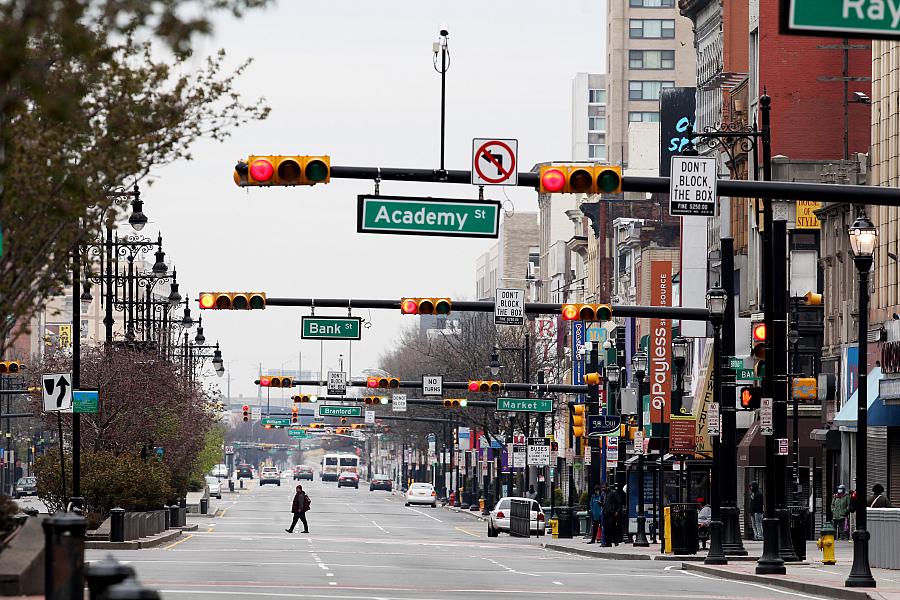In Newark, telling the story of one street under siege

In 1967, decades of simmering racial tension in the city of Newark, New Jersey boiled over into full-scale riots. It was a four-day tragedy that left 26 people dead, vast stretches of property destroyed and the city’s economy in tatters.
More than a half-century later, another terrifying crisis has beset Newark: the novel coronavirus.
People of color have been dying at a vastly disproportionate rate from COVID-19 in the country. Chicago, Atlanta, Washington, D.C. — countless urban cities have seen excessive death rates among Blacks and Hispanics.
Newark’s minority community has also suffered during the crisis. While Newark is a majority Black city, based on population, Blacks in the city have died at nearly twice the rate compared to whites.
But the virus’ impact on Newark raises interesting questions, as the death toll seems to have been less severe compared to other urban hubs in the nation, like Chicago, where Blacks accounted for 60% of COVID-19 deaths despite only making up 30% of the population. My reporting for the 2020 National Fellowship seeks to understand why.
Newark continues to struggle with the same racial problems it has for decades. The fault lines that were exposed in 1967, revealing a community lacking in resources and widely distrustful of its leaders, have never been corrected. And it’s those very systemic fractures that have made Newark especially susceptible to the coronavirus.
Within the city, essential workers forced to go out in the world because they cannot afford to social distance. Many lack sufficient access to health care. They have underlying health issues, like asthma, diabetes, heart disease — conditions that make them even more vulnerable to the virus. Others live in crowded, multigenerational homes that further increase the risk of infection.
Beyond the deaths, I will also explore an emerging problem that is harder to quantify: the mistrust that continues to pervade communities of color — mistrust toward city officials, institutions, the media. For decades, beginning with the Newark riots, the residents of the city have been subject to lies, misinformation and outright gaslighting from those sworn to represent them. This was evident as recently as last year when the explanations and justifications surrounding lead in Newark’s water supply seemed to change daily.
The mistrust continues among the city’s minority communities, whether toward city officials, institutions or the media. During the pandemic, many residents turned to conspiracy theories on social media and other misinformation that spread throughout neighborhoods as quickly as the virus.
Our project will explore and interrogate the ways racial disparities dating back more than 50 years left people of color vulnerable to a deadly virus. It will examine why Newark, a city as complex as it is sprawling, a place undergoing enormous change, avoided the death rates seen in other communities of color in the country. I will focus on a single city block, learning all the ways the crisis has impacted residents, and the obstacles they’ve faced in the past months.

